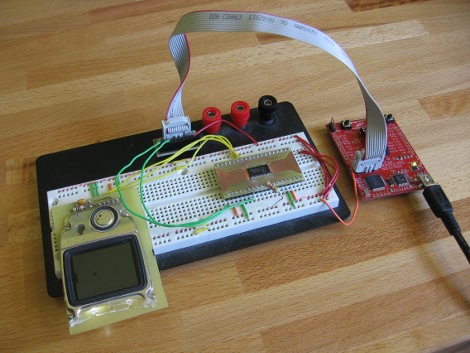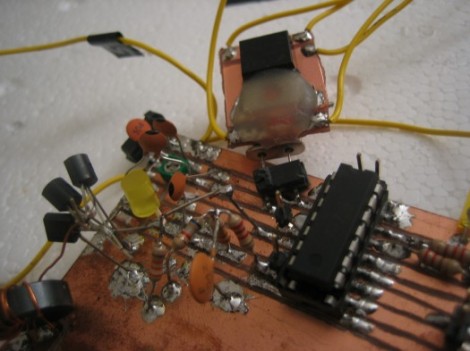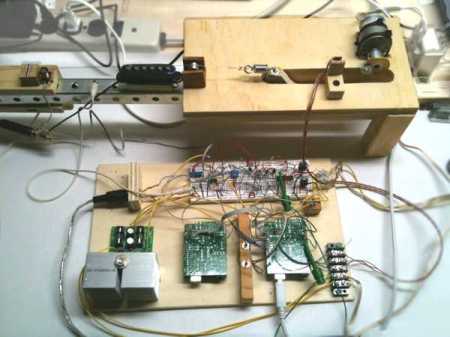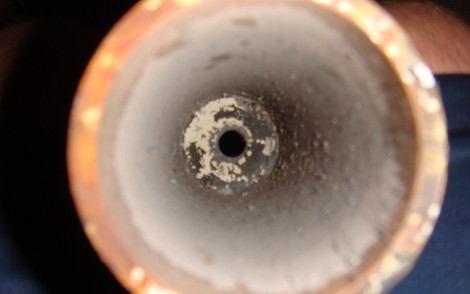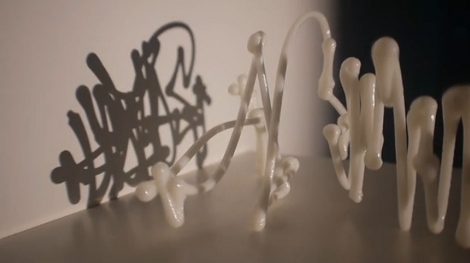
Here’s a fascinating project that started with a great idea and piled on a remarkable amount of innovation. Graffiti Analysis is a project that captures gestures used to create graffiti art and codifies them through a data-type called Graffiti Markup Language (GML). After the break you can watch a video showing the data capture method used in version 2.0 of the project. A marker taped to a light source is used to draw a graffiti tag on a piece of paper. The paper rests on a plexiglass drawing surface with a webcam tracking the underside in order to capture each motion.
The newest iteration, version 3.0, has some unbelievable features. The addition of audio input means that the markup can be projected and animated based on sound, with the example of graffiti interacting with a fireworks show. The 3D tools are quite amazing too, allowing not only for stereoscopic video playback, but for printing out graffiti markup using a 3D printer. The collection of new features is so vast, and produces such amazing results it’s hard to put into words. So we’ve also embedded the demo of the freshly released version after the break.
Continue reading “Graffiti Analysis” →
